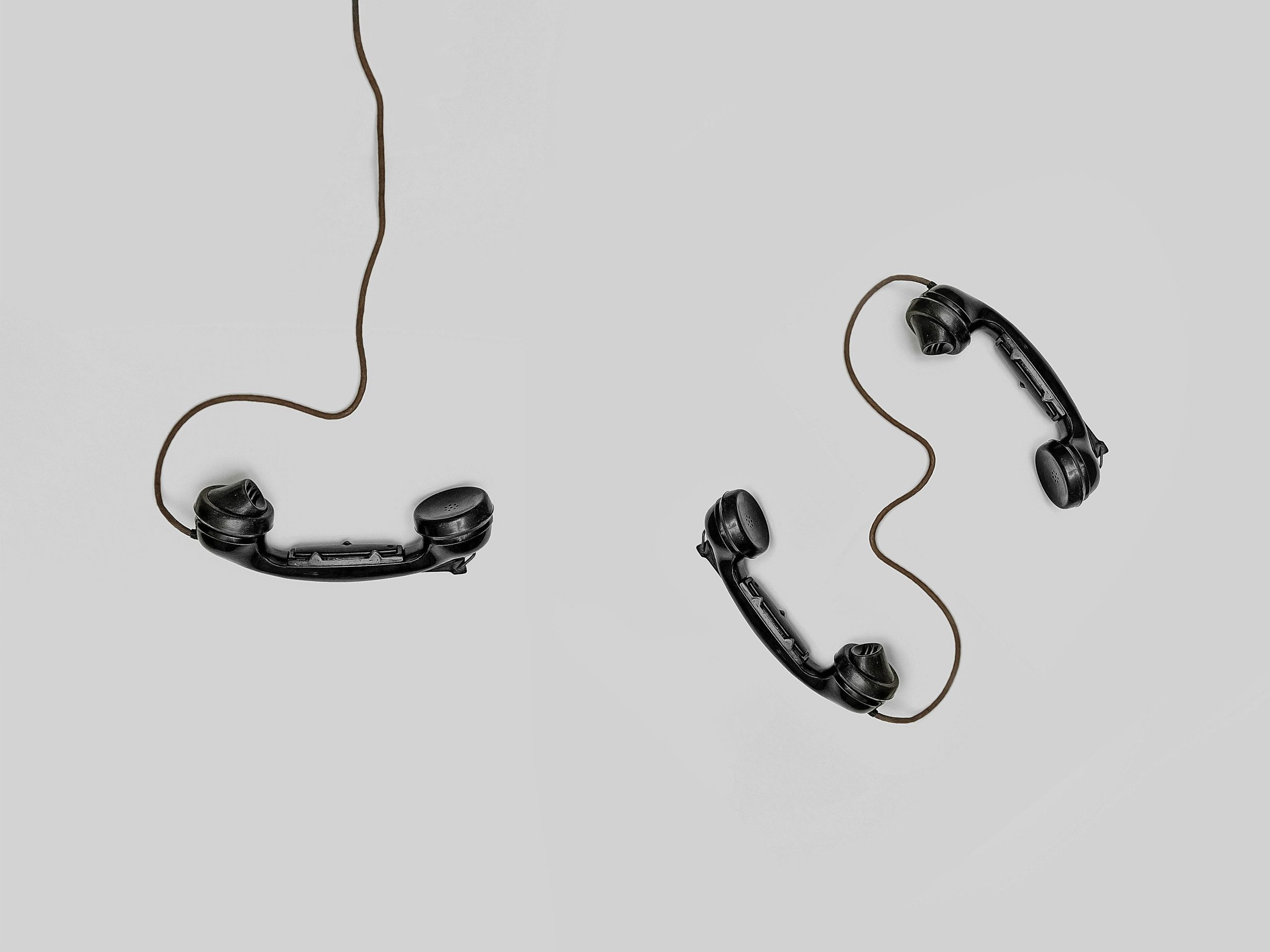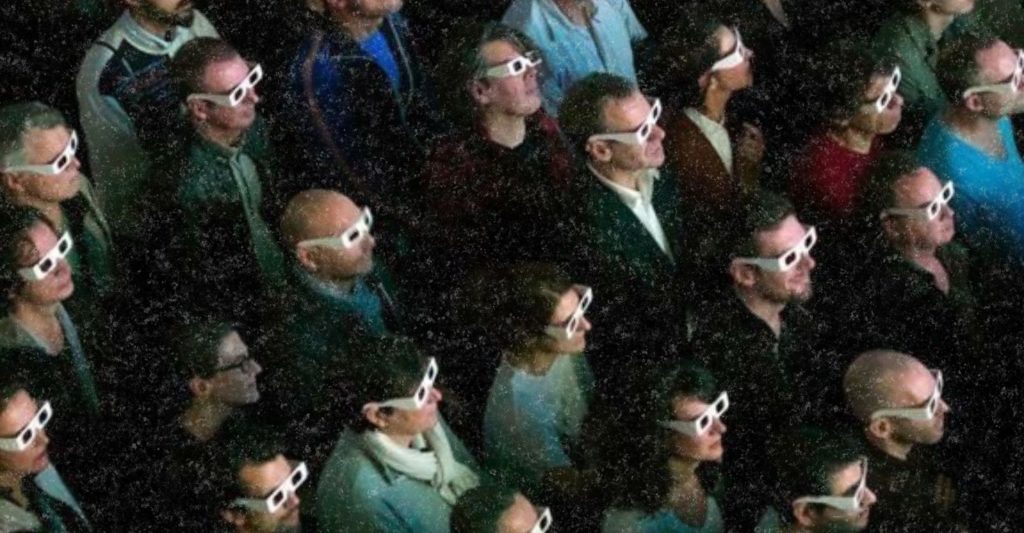
Designed for Connection
How Our Environments Shape Wellness, Community—and Loneliness
“Loneliness isn’t just emotional. It’s architectural.”
We’re told to seek wellness through self-care. Yoga. Cold plunges. Mindful scrolling. But what if the problem isn’t in us—it’s around us?
What if the real reason we feel so disconnected is because we built a world that disconnects us?
Wellness Isn’t Just Internal—It’s Environmental
Modern life is efficient. We can order everything from dinner to dopamine on-demand. But convenience has come at a cost: isolation-by-design.
Our buildings are more private. Our commutes are longer. Our sidewalks are empty. The result? We’re more comfortable than ever—and more alone.
Research shows that people living near green spaces report significantly lower levels of loneliness. In contrast, sterile urban design contributes to what psychologists now call “lonelygenic environments”—places that quietly push us apart.
We didn’t just lose connection. We designed it out.
From Self-Care to Social-Care
Wellness is evolving. What used to be an individual journey is becoming a collective experience.
Welcome to the rise of wellness collectives—spaces built not just for healing, but for gathering. Think community breathwork. Group saunas. Conversation labs. Shared gardens.
In these spaces, the ritual of wellness becomes relational. It’s not just about how you feel—but who you feel it with.
The Return of the Third Place
Sociologists call them “third places”—not home, not work, but the in-between spots: cafés, libraries, parks. The kind of places that naturally connect us.
These places are disappearing. And when they vanish, so do the daily interactions that remind us we belong.
The solution? Bring them back—intentionally. Some cafés now offer “chatty tables.” Some doctors prescribe walks in the park instead of pills. Some cities are turning empty lots into public courtyards, reviving the square as the original social network.
We don’t need more screens. We need more benches.
Nature Is the Original Community Center
You don’t need a ticket or a membership to feel connected. Just try a shared walk through a quiet trail.
Studies show that even 60 minutes a week in nature—with others—can lower stress, improve trust, and spark authentic connection.
It’s why social prescribing—like community gardening or nature therapy groups—is being used globally to treat loneliness like a public health issue.
The future of healing might be leafy, muddy, and done together.
Build for Belonging
Loneliness isn’t a glitch in the system. It’s a result of the system.
So let’s design better.
- Architects can design buildings with shared kitchens and communal courtyards.
- Cities can prioritize walkable, interactive neighborhoods.
- Wellness brands can focus on connection, not consumption.
- We can show up—to the park, the dinner, the stranger on the bench.
Because when we build spaces that welcome us in, we start to feel whole again.
Wellness doesn’t end with the self—it begins with the village.
So next time you’re seeking clarity, calm, or community… maybe don’t go inward. Go outside.
Choose a Subscription
Shop +wellvyl APPAREL











